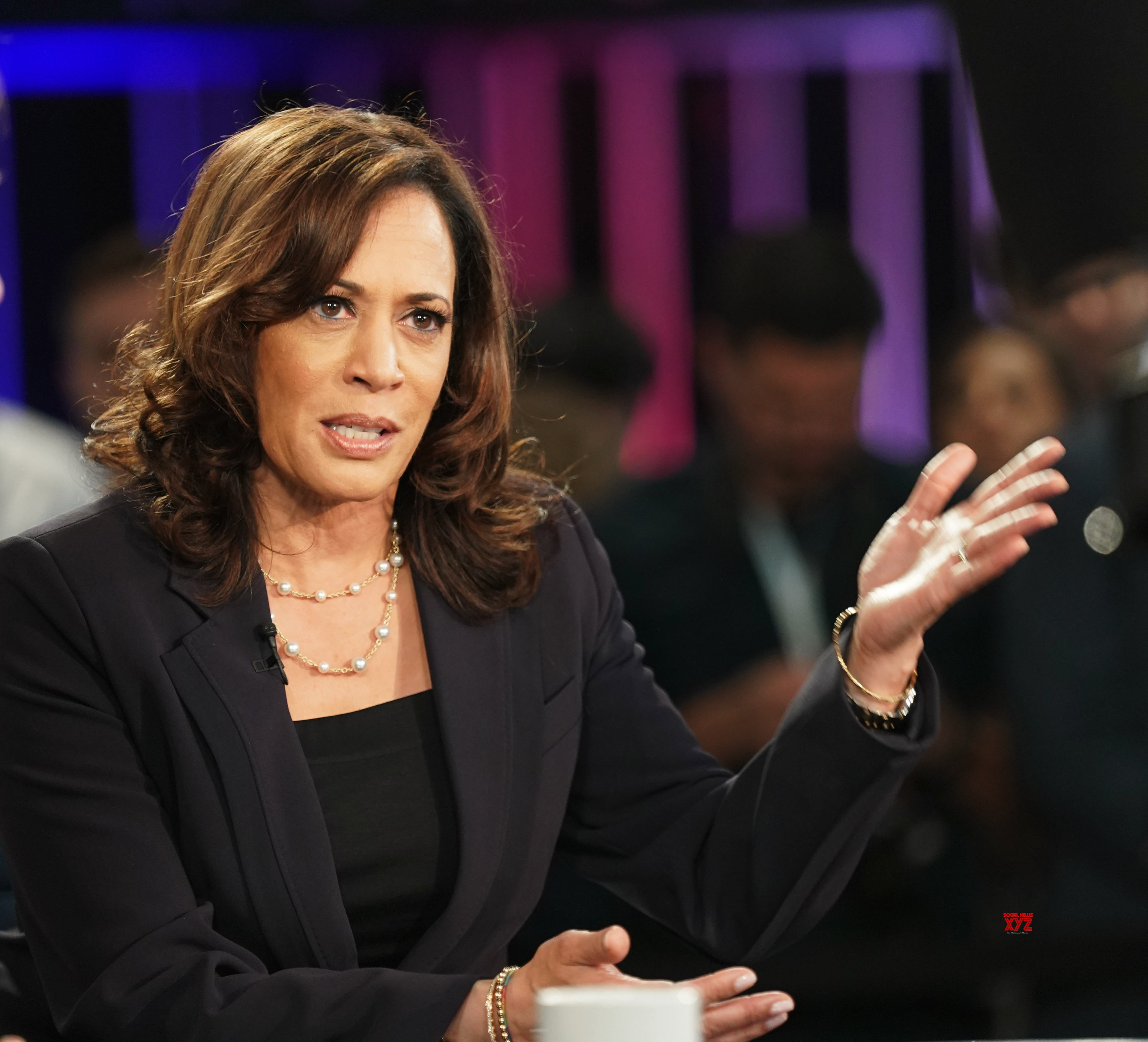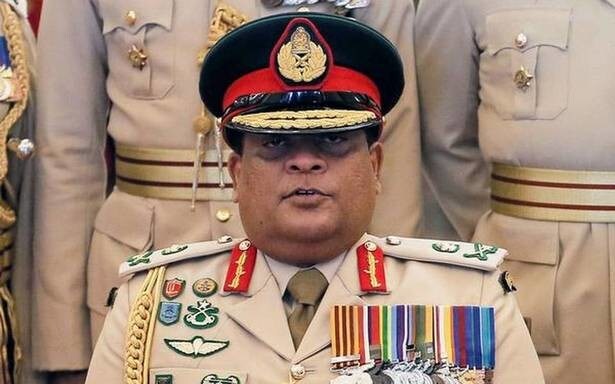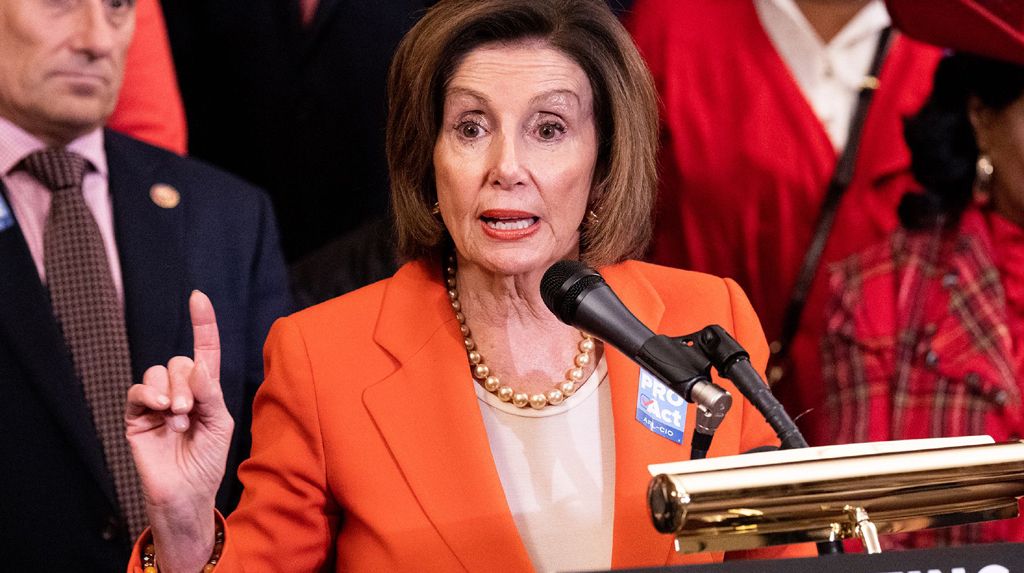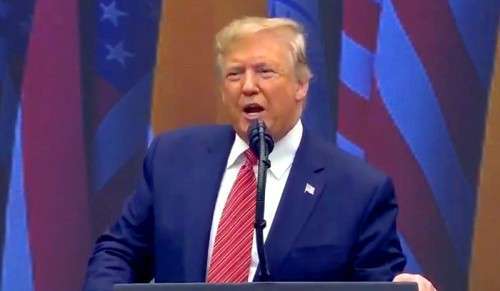 CHICAGO: More than four years after the horrific Mumbai attacks claimed 166 lives, Pakistani-American LeT terrorist David Headley, one of the main conspirators, is set to be sentenced in a court here tomorrow with the US government seeking a jail term of 30-35 years for him.
CHICAGO: More than four years after the horrific Mumbai attacks claimed 166 lives, Pakistani-American LeT terrorist David Headley, one of the main conspirators, is set to be sentenced in a court here tomorrow with the US government seeking a jail term of 30-35 years for him.
“The government submits that a sentence of 30 to 35 years’ imprisonment strikes a fair and just balance between the aggravating and mitigating factors applicable to Headley.
“While there is no question that his criminal conduct was deplorable, his decision to cooperate, and the uniquely significant value that cooperation has provided to the government’s efforts to combat terrorism, support the government’s recommendation,” Attorney Gary S Shapiro said in a 20-page position-paper.
The demand for 30-35 years’ imprisonment for 52-year-old Headley is far less than what the US government had sought for Tahawwur Hussain Rana, who was held guilty by a federal grand jury for providing material support to Lashkar-e-Taiba and planning a terror attack against Jyllands-Posten, a Danish newspaper in Copenhagen.
Last week, the court sentenced Rana, also 52, to 14 years in jail followed by five years of supervised release.
“Headley played an essential role in the planning of a horrific terrorist attack,” the US government said, adding that his advance surveillance in India contributed to the deaths of innocent men, women and children.
“Undeterred by the shocking images of death and destruction that came out of Mumbai in November 2008, Headley traveled to Denmark less than two months later to advance a plan to commit another terrorist attack,” the US attorney said.
“Headley not only worked at the direction of Lashkar-e- Taiba for years, but also with members of al-Qaeda. There is little question that life imprisonment would be an appropriate punishment for Headley’s incredibly serious crimes but for the significant value provided by his immediate and extensive cooperation,” the US attorney said.
The information that Headley provided following his arrest and in subsequent proffer sessions was of substantial value to the US and its allies, India in particular, in their efforts to combat international terrorism, according to the US government.
As such, the US attorney said, the government will move the court to sentence Headley at a point below the life imprisonment.
“The government submits that imposing a sentence of 30 to 35 years’ imprisonment strikes a fair and just balance between the despicable nature of his crimes and the significant value of his cooperation,” Shapiro said.
The US attorney also informed the court that Headley had told his childhood friend Tahawwur Rana after the 2008 Mumbai attacks that he was “even” with India now.
The court was told that one of the motives of attacking the iconic Taj Hotel was to target Indian defense officials and scientists who held meetings there.
Headley, a US citizen of Pakistani-origin, had testified that he was pleased by the attacks, the attorney said.
“Headley told his friend Rana that, as a result of the Mumbai attacks, ‘we were even with the Indians now. And even if Pakistan wasn’t even, I was even for my school’.”
Headley claimed that, when he was a child, his school in Pakistan was bombed by the Indians, so he felt that the Mumbai attacks exacted revenge for that bombing.
“Rana responded, ‘they (the Indians) deserved it,'” said Shapiro
“Based upon Lashkar’s overall goals with respect to the government of India, the manner in which the attacks were carried out, the targets chosen for attack, and Headley’s feelings about the attacks, there can be no doubt that Lashkar’s attack on Mumbai was calculated to influence, affect and retaliate against the Indian government.”
Headley testified that Lashkar sent militants across the border into India to engage in violent attacks, the US attorney said.
He further testified in detail about the Lashkar weapons and military training courses he attended, which included training in weapons such as AK-47 guns, pistols, grenades and explosives.
Shapiro said form 2006 to 2008, Lashkar sent Headley to India to complete surveillance of various targets, many of which were ultimately attacked in November 2008.
One of the key targets that Lashkar instructed Headley to do surveillance on multiple occasions was the Taj Mahal Hotel in Mumbai.
“One of the reasons that Lashkar targeted the Taj Hotel for attack was the fact that the hotel contained a conference centre where conferences of Indian defense contractors and scientists held meetings. Headley was even instructed to obtain a schedule of conferences at the Taj Hotel,” the US attorney told the court.
In addition to the Taj Hotel, Headley performed surveillance of the Oberoi Hotel, Chabad House, Leopold Cafe and Chhatrapati Shivaji Terminus.
“Headley testified that (Pakistani) Major Iqbal explained to him that the Chabad House was on the list of targets for the Mumbai attacks because Major Iqbal believed that it was a front for the Mossad, which is the Israeli national intelligence agency,” the US attorney said.
In addition, Headley surveyed potential targets for Lashkar while in India, many of which were government buildings. “For example, Headley surveilled the Indian Naval Air Station, Maharashtra state police headquarters, Shiv Sena headquarters, and a temple run by Shiv Sena,” the attorney said.
“Indeed, we know from Headley’s testimony that one of the reasons Lashkar targeted the Taj Hotel was to kill Indian defense contractors individuals perceived to assist in the Indian military’s efforts in (fighting militancy in) Kashmir,” Shapiro said.
“That multiple locations throughout the city were targeted for attack also reflected Lashkar’s goal to influence the government. Furthermore, the attack of the Chabad House was arguably intended to influence and affect the government of Israel, as well as India, since it was targeted because of the perception that it was a front for the Israeli intelligence agency.
“The controllers, in fact, communicated directly with Israeli government officials about the hostages taken at the Chabad House, trying to secure the release of one of the Lashkar attackers,” he said.
Lashkar designed the attacks to maximize the number of deaths and confusion throughout the city, the attorney said. -PTI






